Atlanta Markets & Its Food History
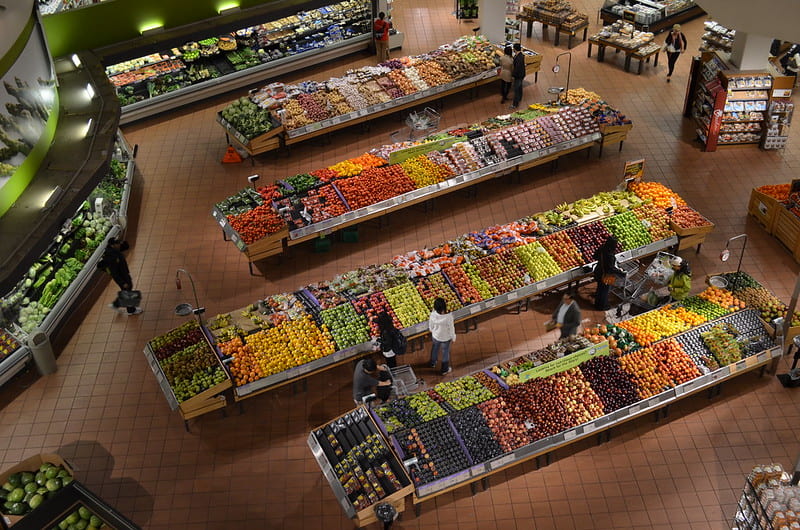
About The Markets
There were relatively few markets in Georgia before the 1970s. Atlanta significantly lagged behind other large cities in the north and the west when it came to farmer’s market popularity and visibility.
This changed over the past 50 years, where Atlanta has become a prominent part of the farm-to-table cultural shift, people of all different backgrounds immigrated to Atlanta, and Atlanta became a cultural hub of different backgrounds in the states.
Today, there are dozens of farmer’s markets in Atlanta, all catering to the unique people living in the city. With there being so much diversity, it is imperative that markets cater to people from all over the world, and source their produce from all over the globe, and with this new spur of farmers markets in Atlanta, that is possible.
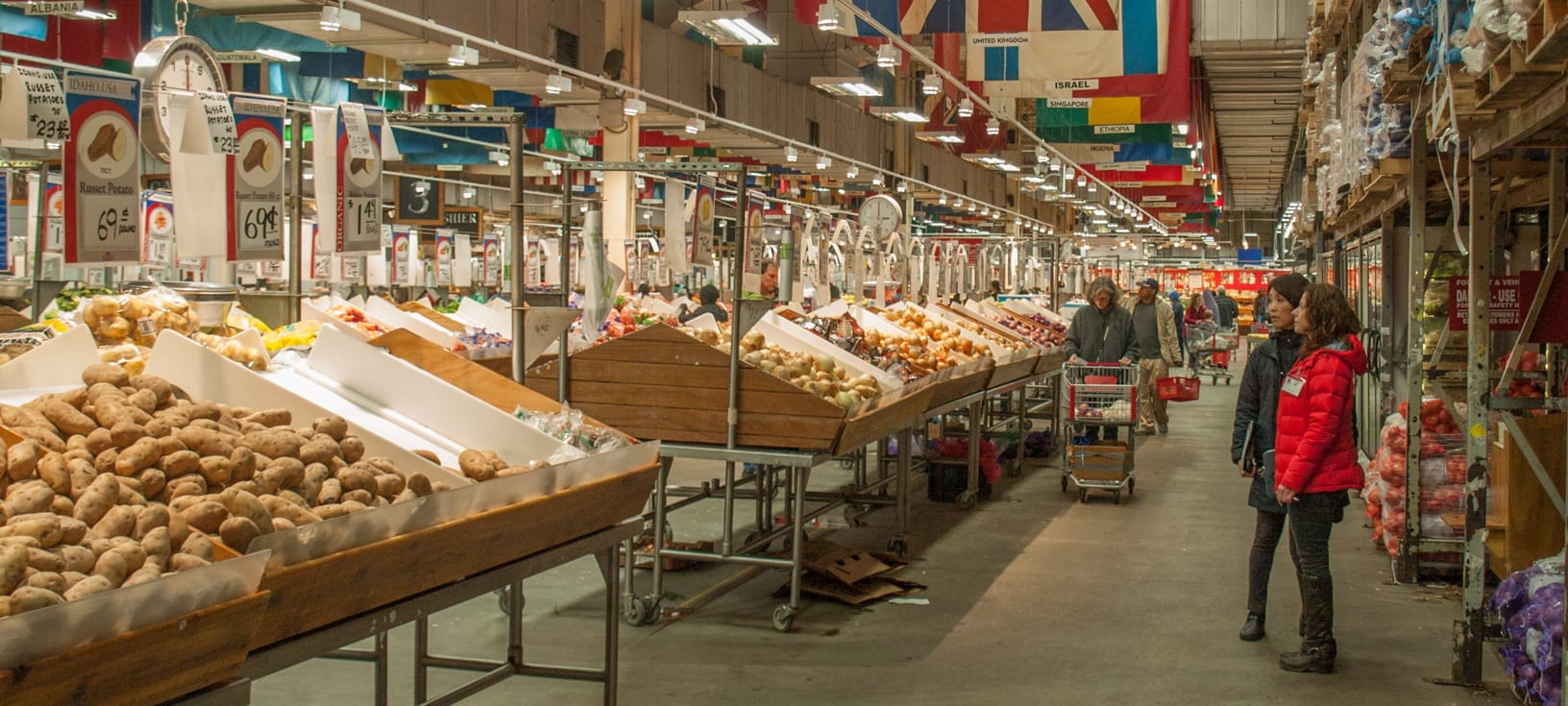
DeKalb Farmers Market
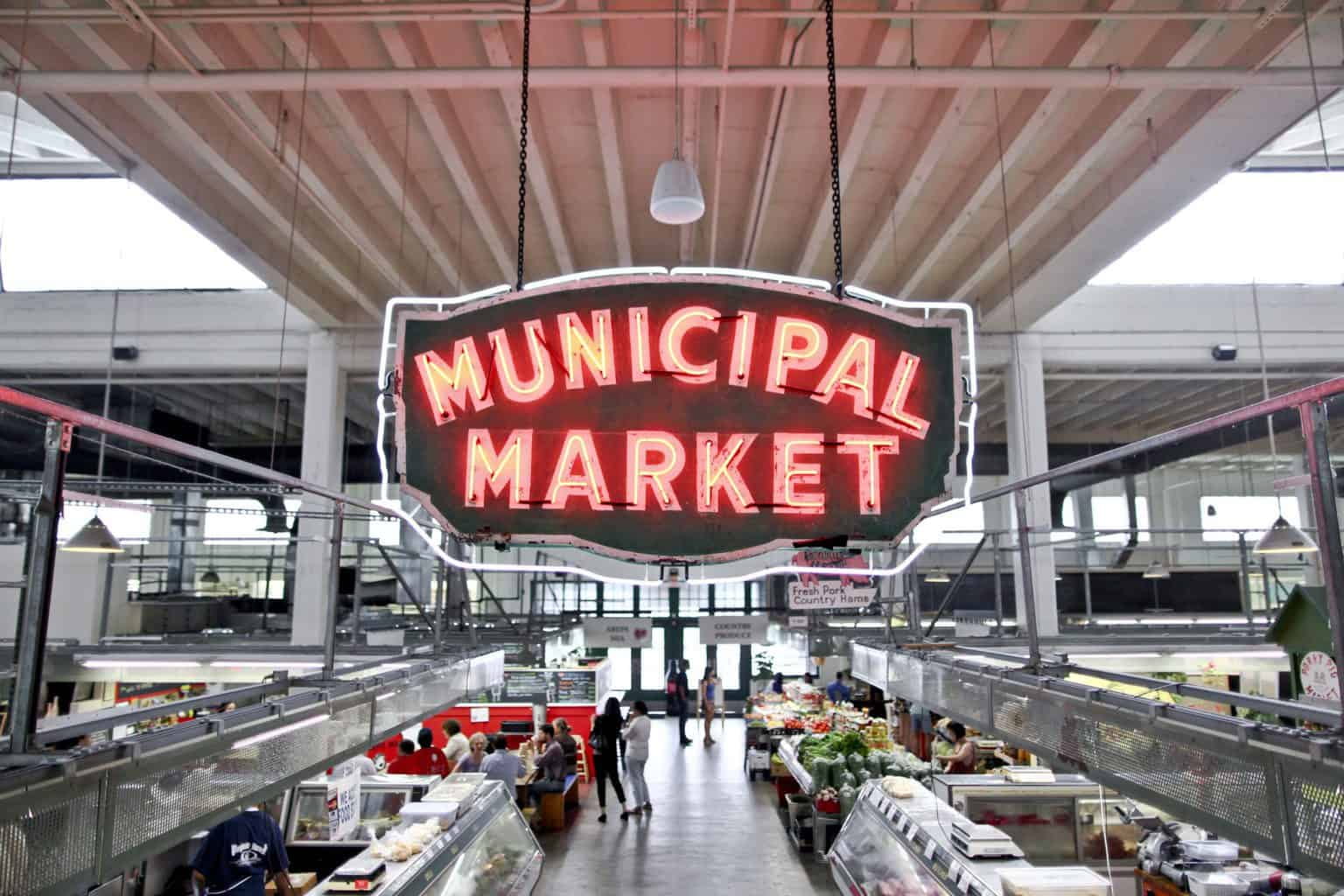
Municipal Market
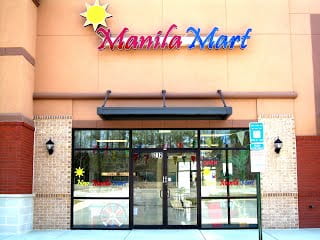
Manila Mart
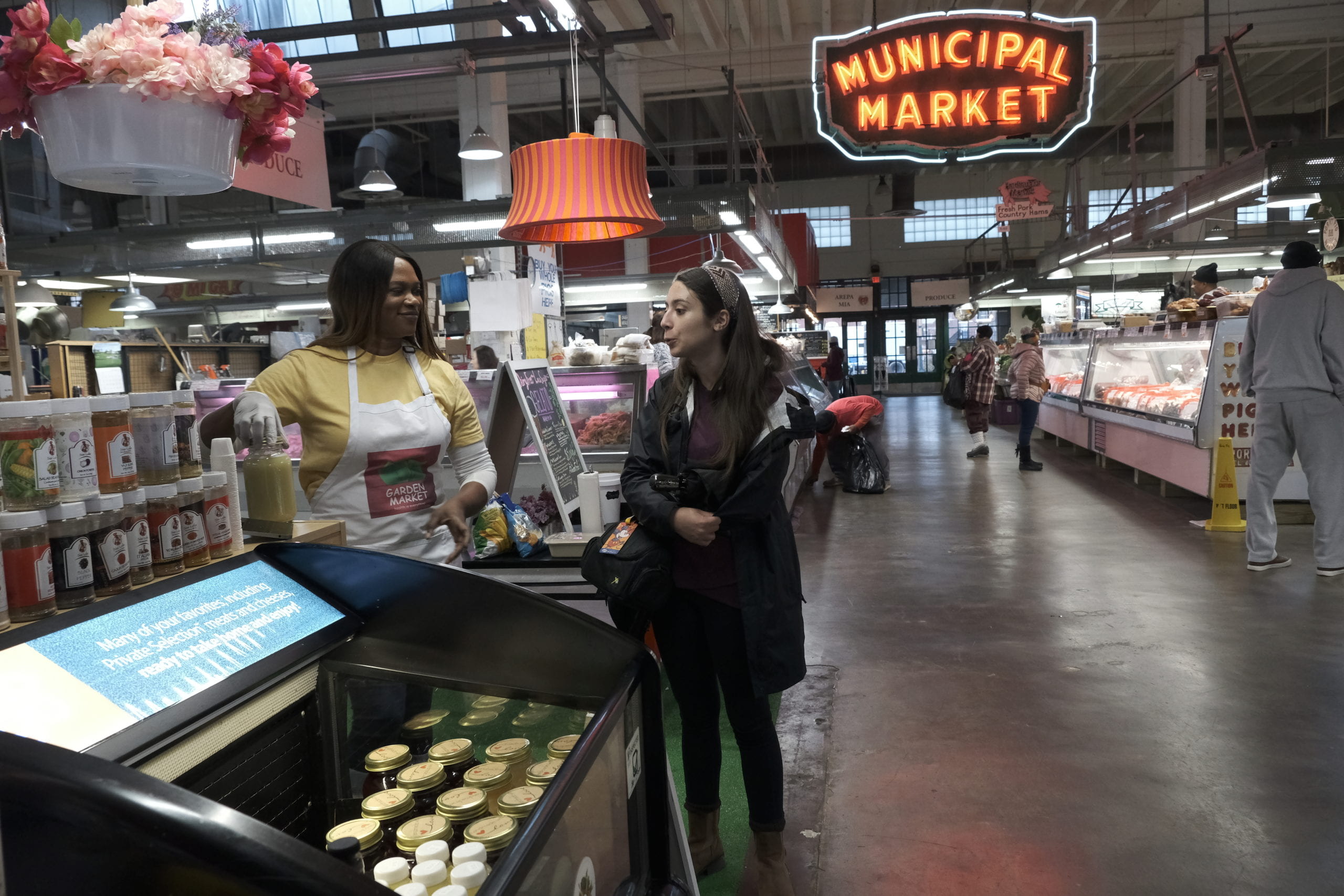
The Municipal Market is known for selling fresh produce from around the world.
Municipal Market
As a diversifying community in Atlanta, the Municipal Market has drawn a significant immigrant community as it provides the opportunity to open businesses and collaborate with other communities. For immigrants, as Pam, the Municipal Markets property manager explains, the Municipal Market is an initial place for job opportunities.
We also learned how the market as we see it today is a portrait of the city and its changes. It’s because if you want to get a sense of what culture is like in the city of Atlanta, you can just come to the market and know that, hey, this is what it is. You have, you know, the president of Georgia State comes down here, uh, to have lunch. Students come in here, doctors and nurses and their patients and people who work around here, people who live in the area.
In exploring how the Municipal Market has become a home to numerous immigrant families, we learned about Arepa Mia, a Venezuelan restaurant that first established its roots in the market before opening other locations in the Atlanta area.
There are people like Lizbeth, who opened up Arepa Mia, who was working for different restaurants and she always thought she wanted her own. She knew she wanted her own and was able to start as a table vendor, which is what you see when you first walkout in the doorway, it is a section devoted to table vendors. They are also known as pop vendors, again you can start as a table vendor, and open your business, and eventually open your business and go on to open up other locations.
Thus, we see how restaurants like Arepa Mia that started in Municipal Market, are a way for immigrant families to create their own spaces and identities in the city and how the market provides a platform for their growth.
Like Arepa Mia, family-owned businesses located in the market have many stories. We also learned about a few vendors’ success stories as a result of the market. We have several Korean vendors, their children work here with them, and then they put their children through college. There’s two of them, I can tell you, knowing over the years, they don’t just go away and take care of themselves. They stay in their parent’s life and help them with their business and one of the produce vendors in here, his daughter when I met her she was still in high school, she is out of medical school now and that was done, with this being the only business they own, and they were able to put their children through medical school.
As seen with this powerful anecdote, families can represent themselves through their business, and we see their personal stories being interwoven into the market’s overarching role for the immigrant community. We have come to learn the Municipal Market’s vital place for the immigrant community, as Pam would call a “community within the community.”
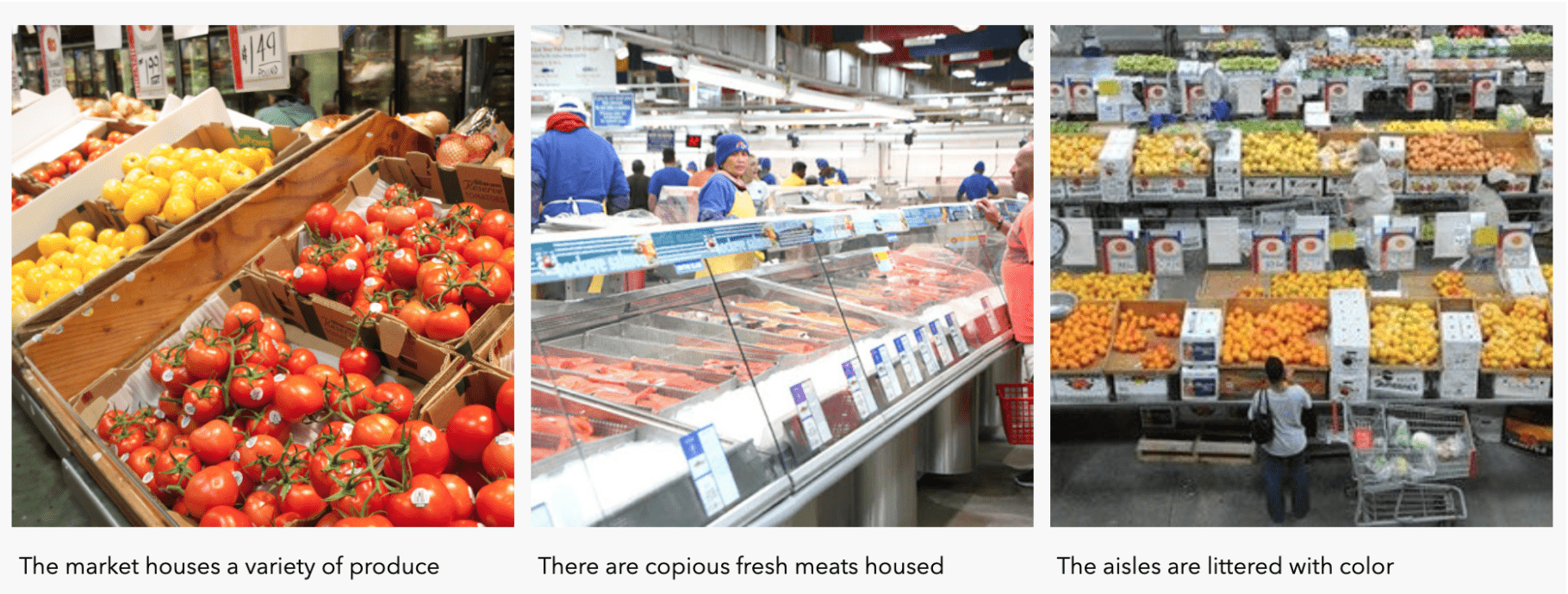
Atlanta’s Food History
Use the map below to explore Atlanta’s history and the development of the markets.
A note on usability: there is a scroll function within the map that you should use to navigate and move throughout the timeline.